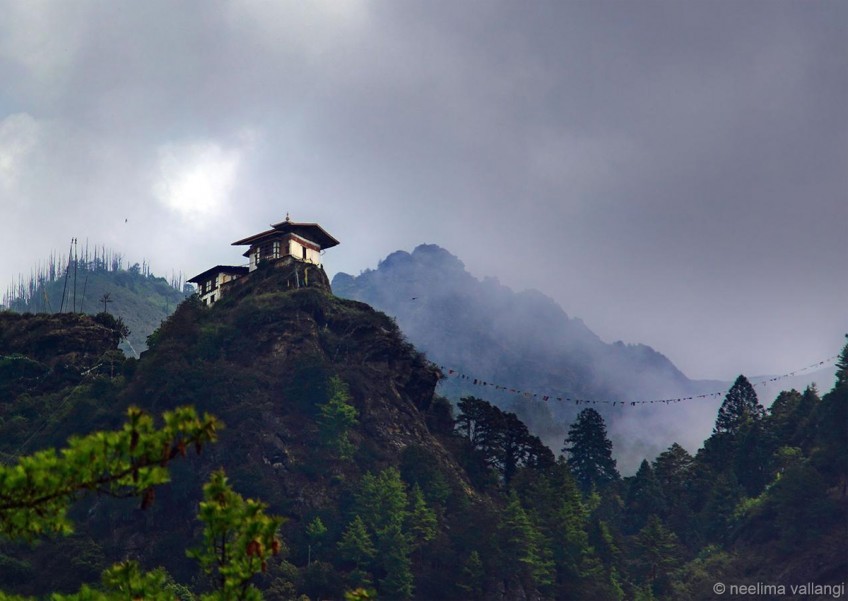Hunting the blue yeti of Bhutan


On a clear day, the entire Jomolhari Range - including Bhutan's second highest peak and one of the country's most sacred places - should be visible from where I was standing. But on that cold and gloomy June afternoon, all I could see were a blinding mist and grey skies.
I was on the 3,780m-high Chele La mountain pass in west Bhutan, and despite the ominous monsoon weather, my guide Raj Lama sent me hiking up yet another trail to try to get a better view. I was not impressed, and I let him know.
Lama and I often argued during my week-long stay in the Himalayan Kingdom. One of our first arguments, in fact, was over Lama's belief that Indian girls are not good hikers. I proved him wrong, trekking to the Tiger's Nest Monastery with considerable ease the previous day. And in a "watch-what-you-wish-for" moment, that's how I ended up on a nondescript trail with obscured views that afternoon, fielding subsequent prompts to hike every possible trail around.
But as it turned out, the constant bickering had an upside: it led me to one of the rarest flowers on Earth.
Bhutan's national flower, Meconopsis Grandis, or Himalayan blue poppy as is it popularly known, is a flower so enchantingly blue that it instantly commands undivided attention. Growing only above the tree line in a harsh high altitude environment of 3,500m to 4500m, it blooms just once during the monsoon between late May to July, after which it disperses its seeds and dies.
This bloom is so rare, in fact, that it was once thought to be a Himalayan myth, like the Yeti.

Read the full article here.